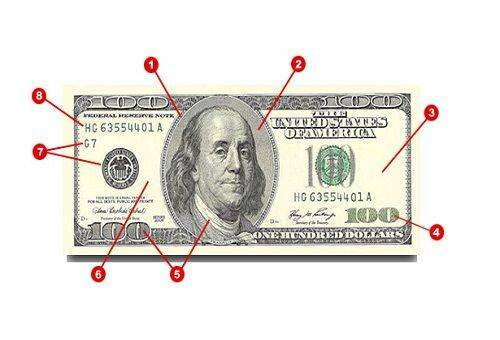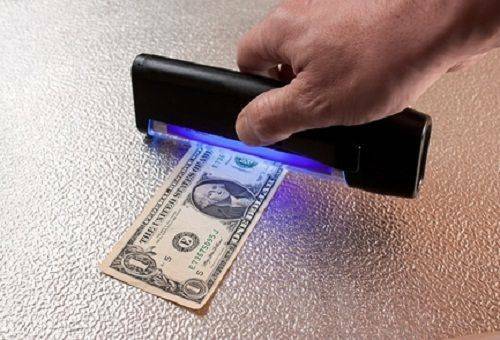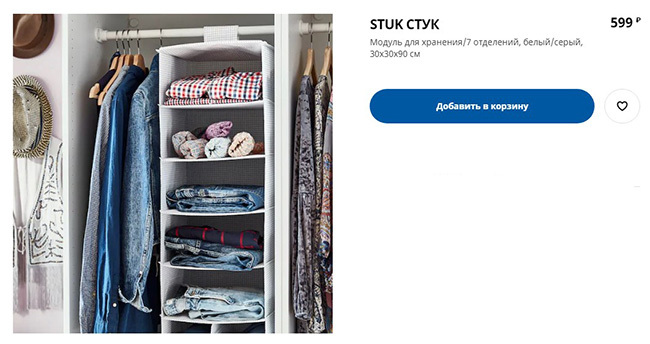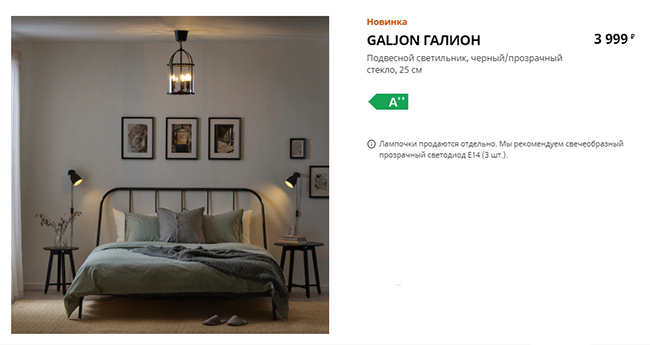Content:
- Basic rules for working with
- currency How to correctly check dollars for authenticity?
- How quickly to check the euro for authenticity?
Modern citizens are familiar with the process of currency exchange, many pass this procedure quite often, but even they do not always know how to check the quality of notes and make sure of their authenticity. What about those who face this issue for the first time?

If you change dollars and euros in a bank, many potential problems can be avoided, but this approach is not always the most profitable. To be able to change money anywhere and anytime without fear of being deceived, you need to learn the basic principles of checking the banknotes for authenticity and remember a number of important nuances.
The basic rules for working with the currency
Observance of the following rules will help significantly reduce the risk of obtaining forged banknotes:
- In this case you can not rush, you need to calculate the time so that it was possible to check each bill, not several to choose from. Scammers often mix fakes with originals, confusing customers.
- The procedure is highly not recommended for people who are in a state of intoxication or in low light conditions.
- In the absence of the slightest concept of the appearance of banknotes and the available denomination, one should not resort to the services of individuals. It is better to contact the bank, even if it is not so profitable.
- Do not contact organizations and people who offer a surprisingly profitable exchange rate.

In addition, it is necessary to know in advance how the real dollars and euro look, to study their distinctive features and methods of protection accessible to ordinary citizens.
How correctly to check dollars for authenticity?
The authenticity of dollars can be established without the help of special equipment, you only need to know what points to look for:
- Presence of a watermark. This is the first time to check. Just point the product at the light and make sure that there is a hidden picture on one of the light pieces of paper.
- Existing denominations. Dollars are issued in the form of bills of 1, 2, 5, 10, 20, 50 and 100 units. In addition, there are banknotes in 500, 1000, 5 000 and 10 000 dollars, but they are withdrawn from circulation and are collectible.
- Features of paper. To check the bill for authenticity, you need to walk your fingers over its surface. Real dollars are made of cotton and flax, which provides them with unusual roughness.
- Image quality. You can slightly rub the notes against each other. If at the same time the paint is tarnished or tarnished, it is a question of 100% fake. The picture on real dollars does not blur and does not burn out.

Tip: It is strictly forbidden to use only one of the verification approaches, because scammers are also aware of the degree of protection of banknotes and try to fill as much as possible all the gaps. For your own safety, you need to learn as many techniques as possible and apply all of them in practice.
- Portraits of Presidents .George Washington is represented on 1 dollar, Thomas Jefferson on 2, Abraham Lincoln at 5, Alexander Hamilton at 10, Andrew Jackson at 20, Ulysses Grant at 50, Benjamin Franklin at 100.
- Colors used. On the front side, the dollar is covered with inscriptions and images of black color. This paint has magnetic properties. The reverse side consists mainly of green paint, which has no magnetic properties. Particular attention should be paid to the face value, located on the front side, in the lower right corner. When changing the viewing angle, it can change from black to green.
- Microprint presence. Individual inscriptions and drawings consist of words printed in small print. True, you can check this only if you consider the dollars under the magnifying glass.
The listed manipulations are more than enough to determine the authenticity of the notes. The main thing is not to rush and check all the important points.
How quickly to check the euro for authenticity?
The methods of checking the euro are very similar to those used for examining dollars, but there are some specific points. Practice shows that these products fraudsters are trying to forge much less often than the US currency, but such cases are also encountered.

- The paper is made from pure cotton, it is very dense to the touch with obvious roughness. The product can not be wax or flexible.
- In the production of the euro, a special printing technique is used, thanks to which the letters, face value and the drawing on the front side are convex, which can be easily felt with the pads of the fingers. To ensure the authenticity of the notes could easily be checked by visually impaired people, on special notes in 200 and 500 euros special convex inserts were made.
- In addition to the traditional watermark, which can be found with the help of light, there is another degree of verification. Due to a noticeable difference in the thickness of the paper, when you put the banknote on a dark background, some white details will darken.
- Euro bills have the addition effect. Signs in the upper corners of the products, which seem disjointed and illogical, form a single pattern when judged on light. Such a move can not boast even the most secure dollars.
- A security thread has been inserted into the banknotes. At a lumen, it becomes dark with a clearly visible face value and the inscription "euro".
- In addition to the traditional microprint, there is a microperforation effect. This is especially well seen on the hologram of the euro badge, it seems to be permeated with very small holes.
- In addition, notes of different denominations are able to change their color depending on the viewing angle.

If you pay attention to all these moments, thought out by experts specifically for ordinary citizens, you can almost completely verify the quality of the moneymark and verify its authenticity. Do not settle for a deal in the event of even the slightest doubt about the quality of the bill. It is better to abandon a profitable and honest proposal once than cry over false money because of its credulity and uncertainty about the available knowledge.



